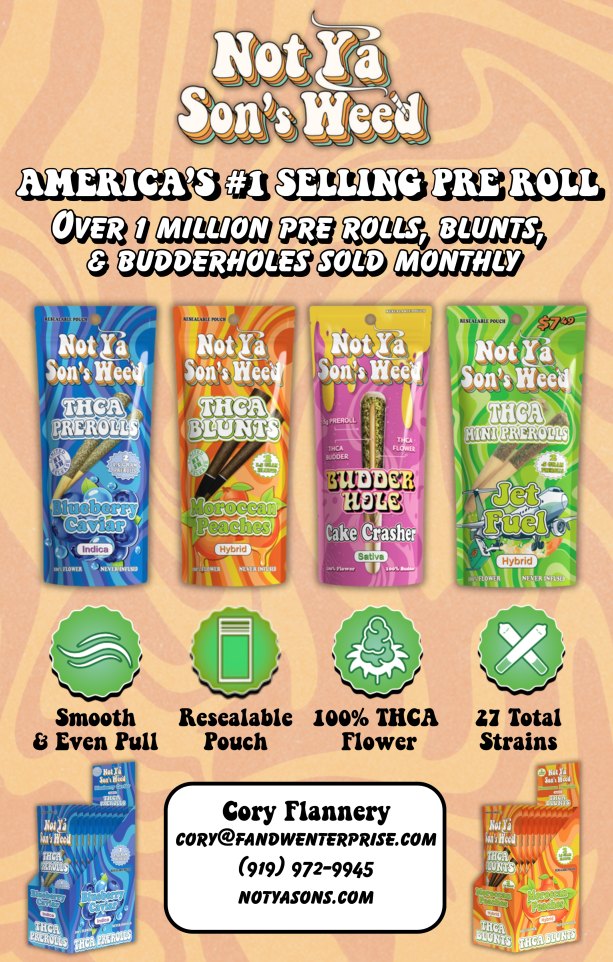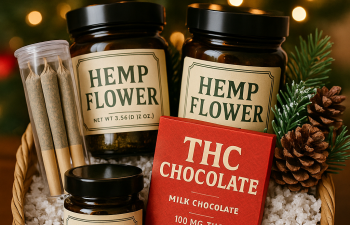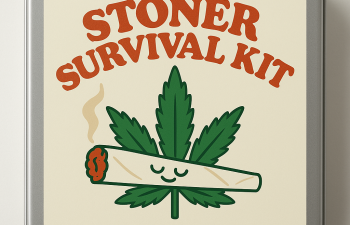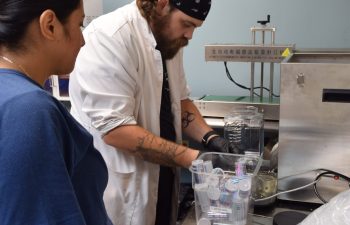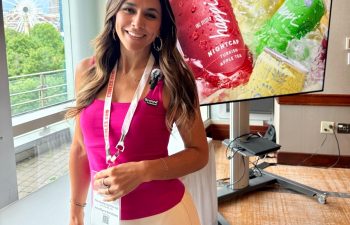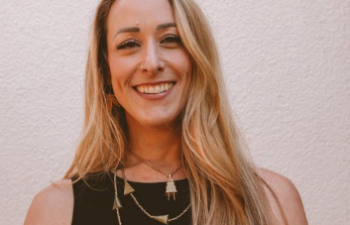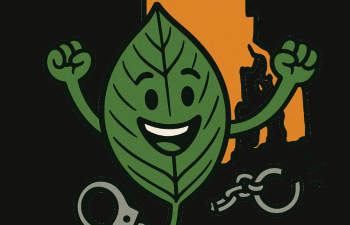Although CBD has been covered extensively in the media, and products have made their way to shelves in mainstream stores, most consumers have never tried a CBD product, don’t know what CBD is, or don’t know the difference between CBD, marijuana and THC.
Invisibly, using its Realtime Research tool, polled 1,087 Americans to learn about their knowledge of, and interest in, using CBD products.
Sixty-two percent of respondents reported that they never tried a CBD product in any form. Of those who have tried CBD, 14 percent used it in an ingestible form, 11 percent used it as a topical ointment or cream, and 13 percent tried it in both ingestible and topical form.
Sixty-eight percent who have not tried CBD said that they don’t know the difference between CBD and THC-containing products such as marijuana.
Alternatively, 64 percent of respondents who have tried CBD did understand the difference between the compounds, 36 percent who have tried CBD did so without knowing the difference between CBD and THC-containing products, and 32 percent who have not tried CBD products still understood the difference between CBD and THC-containing products like marijuana.
According to Invisibly, more than half of respondents (53 percent) would not consider using a CBD product for any reason. Of the remaining 47 percent of respondents who said they would consider using a CBD product, 24 percent said they would use it to reduce stress and anxiety, 14 percent said they would use or consider using CBD to reduce both stress and physical pain, and 9 percent said they would use or consider using CBD solely to reduce chronic physical pain.
Less than three-quarters of respondents (71 percent) who have never tried a CBD product said that they “won’t use any CBD product” while nearly 30 percent of respondents who have never tried a CBD product would consider using it to reduce stress, anxiety or physical pain. Forty percent of respondents who have tried CBD said their primary reason was to reduce stress and anxiety, while 17 percent said their primary reason was to reduce physical or chronic pain, and 32 percent who have tried CBD use it for both reasons.
Invisibly also found that women use CBD more frequently than men and non-binary respondents, in both ingestible and topical forms. Fifty-nine percent of women said they have tried both vs. 26 percent of men and 24 percent of non-binary respondents. Women also tried topical CBD more than twice as much as their male and non-binary counterparts, with women accounting for 56 percent compared to 24 percent of men and 20 percent of non-binary respondents.







